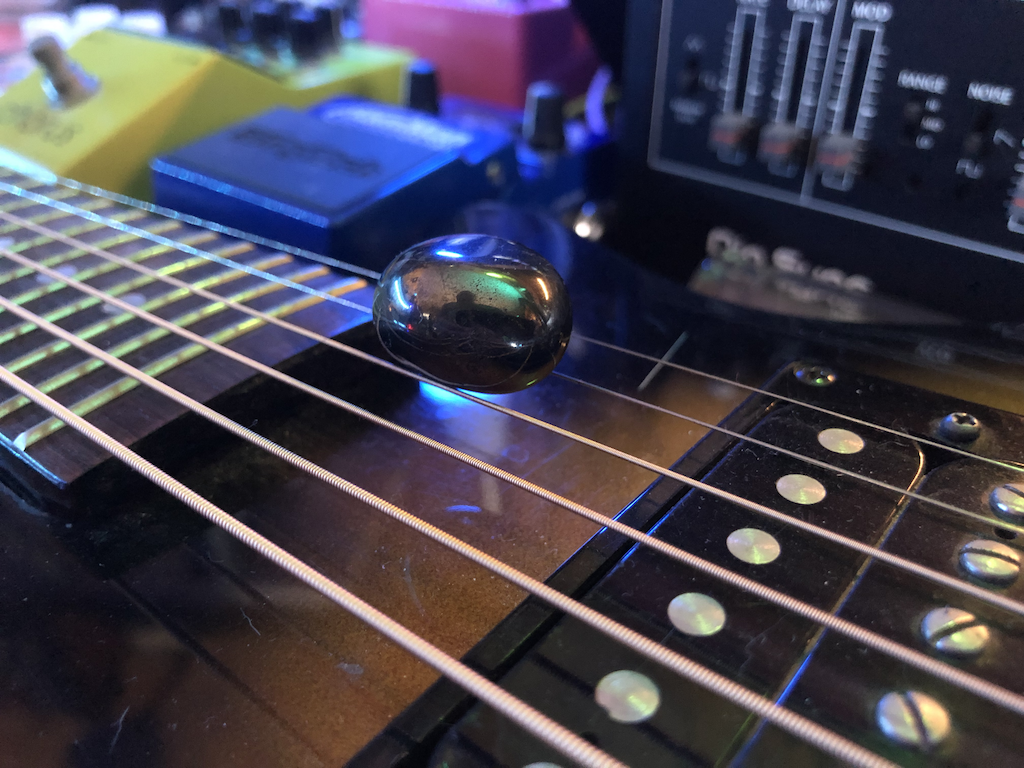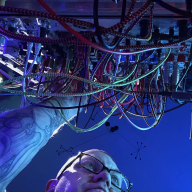Put A Brain Pin On It
Table of Contents
Today I was able to re-orient myself quickly to a task through what I am now calling a Brain Pin.
As I was writing notes and getting into the swing of this task, I realized I was doing a very similar thing to what I used to do as an opera singer when studying for a role, collecting a set of signals and ornaments that could insert me back into the mind of the “past me” working on the task before I had to stop.
Something as miniscule and unornamented as a particular tea spoon can swing an actor into a full fledged character. Not because they know how to immediately turn on all the traits of the character, but because they have trained themselves to use the tea spoon as part of the Brain Pin. Let me explain.
Acting!#
In preparing a role for opera (or any type of theatre) we often attach “pieces of life” to the characters we build. Those little details of life are the things that make characters the richest, they are endowed with sentiment and history for that person, as our own things are. As such, “getting in character” can mean a wide variety of things: the accompanying music, the presence of a certain prop, a piece of costume, a color… the more elements of this character’s “being” the more it emerges as a reality and the more we become invested in their story. Everything we put into being a character on stage is the recreation of a particular chorus of reality emerging, every time we do it.
As the “model of this character I am portraying” I want to approach as closely as possible the requisite variety contained in the reality of that character such that I “become” that character and emerge their reality via the action on-stage. In turn, these characters can grow between performances as much as the actors that portray them. It struck me that this smells of diversity in complex systems, which is something we deal with all the time in navigating socio-technical ones. We are attempting to fill out the story of the system that we’re building every moment that we’re operating it, in real time, learning about new dimensions between every incident like actors emerging their characters between every performance.
Continua#
Let’s get back to Jira, and the tickets. Oh I didn’t tell you about the tickets. That’s one of the Continuums I’ve chosen to help me focus to this particular character, i.e. the cognitive space I contained when interrupted and/or stopping the task work. It’s getting back in the groove, finding the sweet spot of abstraction quickly without the manipulations it took you to get there in the first place. That spot you’re always afraid you won’t find again, at least not speedily.
I prefer to have more than one, but sometimes that’s all it takes. Some other Continua of mine: A personal wiki that I use for all the various projects and work things I do, I will follow a HOWTO on a web page and annotate what I did and needed to change to accomplish a step. Pull Requests. Open shell windows is a favorite: in specific directories, on a specific branch, or with a specific directory stack loaded. TODO eartabs in my code, even empty text files in a directory that I create with a name like DO_NOT_PUSH_YET_DUMBASS or something equally helpful.
One example is definitely browser tabs open in specific windows in specific places on the desktop… but not browser history. Remember, I’m not looking for the information. I’m looking for the brainspace I was in at the time, the way my brain was thinking (which is dominated by pictures and objects and graphics of shapes). These are more than reminders, they are clues to my subconscious that help ignite a pathway and congeal my “mental state” at the time. Also notice that these are very specific, and none of them alone will work. Just like in acting, the machination used is one of hints and subtlety, the stuff we do to train or prepare or deploy or rehearse. Everyday, normal work.
Narrow is Wide#
As our systems become more complex every moment, we strive to make them as reliable as possible. The more reliable a system becomes, the more indeterminacy guides what novel things can happen to it, good or bad. These ultra-robust and proven reliable systems tend to degrade in novel, chaotic ways. They seem to bend our expectations of reality and become the exceptions for our metrics. They are increasingly difficult to understand and both succeed and fail in unpredictable ways. Experiment and adaptability become existential to provide continued reliability; as we close in on efficiency, the unknown opens. Even under the smallest of changes can become drift and our reliability to suffer.
My concept of a Brain Pin seeks to build a cognitive stance from a collected set of Continua, which could be perspecitves or processes or states of the world, could describe an entrypoint into a working process or an incident analysis. Being able to study small incidents and normal work such as this gives us more understanding about how these things lead to operational outcomes we would rather avoid (i.e. ‘incidents’) as well as the realities in which things remain operating successfully.
So when we’re considering the usefulness of the tools we build for reliability, we not only need to consider the on-call person using them but also our ability to see the incident unfold from their point of view. Those bits and pieces of their life and context that entwine them and the (non-)incident together form a simultaneous view of attention and awareness that can provide rich learning.
For me, it feels like magic, like I have opened the spell book and incanted a reality that draws me around the fulcrum of that Brain Pin, stitching everything into a point snapshot of the universe.

